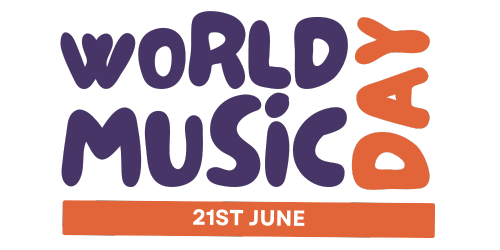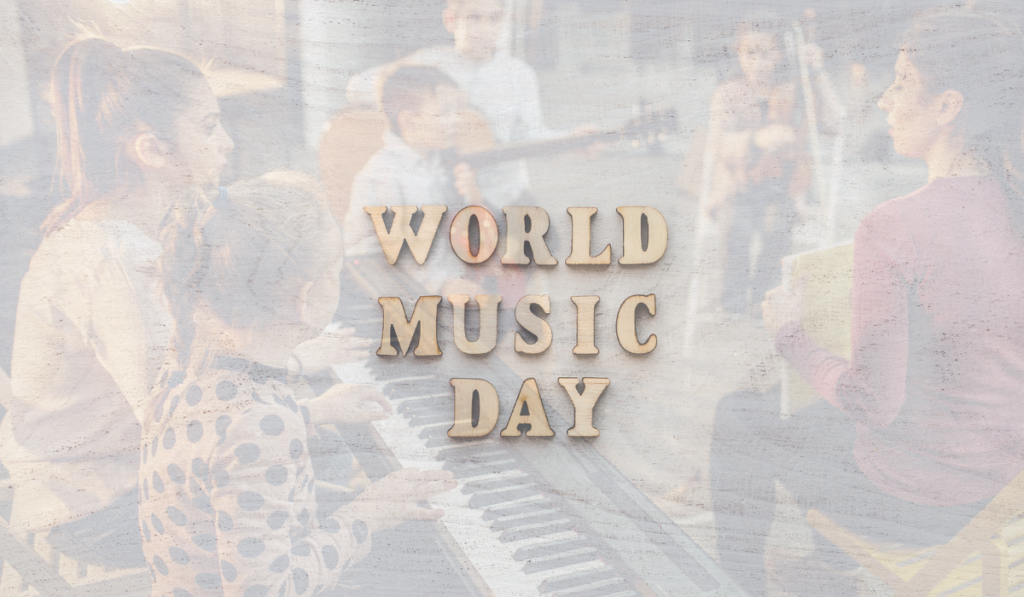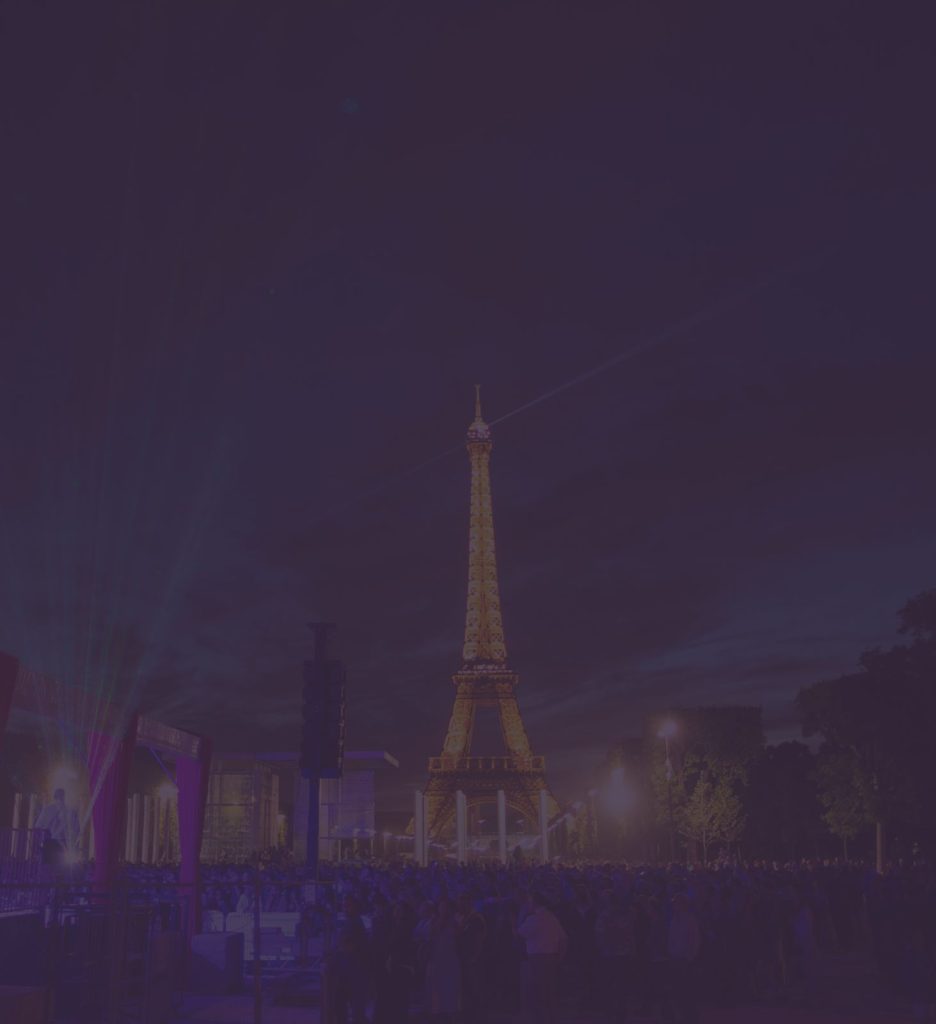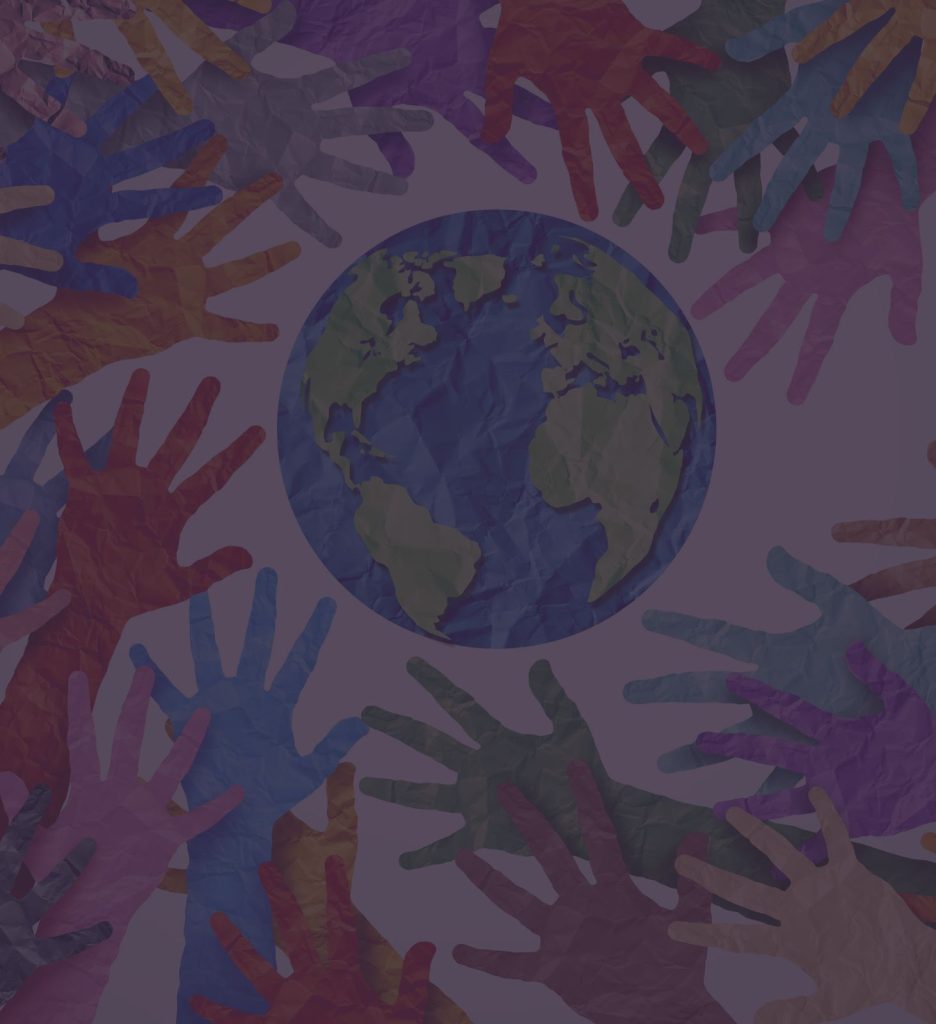World Music Day primary school ideas. Also known as Fête de la Musique, World Music Day is celebrated around the world on June 21st to promote and celebrate music in all its forms. In primary schools, it’s a great opportunity to introduce students to different cultures and styles of music, and to encourage them to explore their own musical talents. Here are 40 activities that can be organized for World Music Day in your primary school:
40 World Music Day Primary School Ideas
- Invite a local musician to come in and perform for the students, showcasing their talent and the different instruments they play. This would provide students with an opportunity to see a live performance and gain a better understanding of the different instruments, as well as how they are used in music.
- Organize a school-wide sing-along, where students can learn and sing songs from different cultures. This would allow students to experience the music of other cultures, as well as learn some of the lyrics in different languages. It would also foster a sense of community as students come together to sing.
- Have a “drum circle” where students can experiment with different percussion instruments and create their own rhythms. This would give students an opportunity to explore different rhythms and beats, and to experiment with creating their own music. It would also allow students to learn about different types of percussion instruments and how they are used in music.
- Create a display board showcasing different musical instruments from around the world. This would provide students with an opportunity to learn about different types of instruments, their origins, and how they are used in music. It would also serve as a visual reference for students to refer to as they explore different types of music.
- Create a “World Music Day Playlist” featuring songs from different countries and cultures, and play it throughout the day. This would allow students to listen to a variety of music from different cultures, and to learn about different types of music and how they are used. It would also serve as a soundtrack for the day’s events, creating a cohesive and immersive experience.
- Organize a “Musical Scavenger Hunt” where students have to find and identify different instruments in the school. This would provide students with an opportunity to explore the school and learn more about different types of instruments, as well as to learn more about the instruments they find.
- Create a “Musical Memory Game” where students have to match different instruments to their corresponding countries. This would provide students with an opportunity to learn more about different types of instruments and their origins, as well as to test their memory skills.
- Organize a “Musical Talent Show” where students can showcase their own musical abilities. This would provide students with an opportunity to perform and share their talents with their peers, as well as to learn more about the talents of their classmates.
- Have a “Musical Story Time” where students can listen to stories set to music. This would provide students with an opportunity to listen to stories and learn more about different cultures, as well as to learn more about how music can be used to enhance a story.
- Organize a “Musical Movie Day” where students can watch films that feature music from different cultures. This would provide students with an opportunity to watch films and learn more about different cultures, as well as to learn more about how music can be used in film.
- Have a “Musical Craft Day” where students can create their own instruments or decorations. This would provide students with an opportunity to learn more about different types of instruments, as well as to create their own instruments and decorations.
- Create a “Musical Word Search” where students have to find words related to music. This would provide students with an opportunity to learn more about different types of music and related terms, as well as to test their vocabulary skills.
- Organize a “Musical Quiz” where students can test their knowledge of different musical styles and cultures. This would provide students with an opportunity to test their knowledge of different types of music and cultures, as well as to learn more about different types of music and cultures.
- Create a “Musical Maze” where students have to navigate through different musical styles such as rock, pop, classical, and jazz in order to reach the end of the maze. Each section of the maze will represent a different style of music, and students will have to listen to a song or piece of music to figure out which direction to go. The end of the maze will be a concert or performance of some kind, where students will be able to showcase what they’ve learned.
- Organize a “Musical Treasure Hunt” where students have to find hidden musical notes around the school. These notes will be hidden in various locations such as the library, music room, and gym. Once a student finds a note, they will have to identify the musical piece or song it represents, and then bring it to the music teacher for verification. At the end of the treasure hunt, students can trade in their notes for a prize or reward.
- Have a “Musical Dress-Up Day” where students can dress up as their favorite musicians or bands. This can be a fun way to learn about different musicians and their styles, as well as encouraging students to express their individuality and creativity.
- Create a “Musical Coloring Book” where students can color in different instruments such as pianos, guitars, and drums, as well as various musical symbols such as treble clefs and quarter notes. This activity can help students learn about different instruments and musical notation in a fun and interactive way.
- Organize a “Musical Debate” where students can discuss the importance of music in their lives and the role it plays in their education. This debate can be conducted in a formal setting, with students taking turns to present their arguments and counter arguments, or in a more informal setting such as a class discussion.
- Have a “Musical Yoga” session where students can practice yoga while listening to calming music. This can be a great way to help students relax and focus while also learning about the connection between music and mindfulness.
- Create a “Musical Scrapbook” where students can collect pictures, lyrics and other memorabilia from their favorite music. This scrapbook can be a fun way for students to express their creativity and share their love of music with others.
- Organize a “Musical Parade” where students can march around the school playing instruments and singing songs. This parade can be a fun way for students to showcase their musical talents, and for the school community to come together and celebrate music.
- Create a “Musical Board Game” where students can learn about different musicians and musical styles while having fun. This game can be designed to teach students about the history of music, different instruments and music theory.
- Organize a “Musical Food Tasting” where students can try foods from different cultures while listening to music from those cultures. This can be a great way to help students learn about different cultures and their music, and to appreciate the connection between food and music.
- Have a “Musical Bingo” game where students have to match different instruments to their corresponding names. This can be a fun way to help students learn about different instruments and their names.
- Organize a “Musical Field Trip” to a local music venue, concert hall or museum. This can be a great way for students to experience live music and learn about the history of music in their community.
- Create a “Musical Time Capsule” where students can put in their favorite songs or lyrics, and seal it to be opened on a future date. This can be a fun way for students to learn about the history of music and see how it has changed over time.
- Organize a “Musical Debate” where students can discuss the importance of music education and its role in their lives. This debate can include different perspectives, such as the benefits of learning music on cognitive development, the importance of music in different cultures, and the impact of music education on overall academic performance. Students can conduct research and present their findings to the class in a structured debate format.
- Have a “Musical Dance Party” where students can learn and perform different dance styles from around the world. This event can showcase different dance styles from cultures such as salsa from Latin America, bhangra from India, and hip hop from the United States. Invite a professional dance instructor to teach students the steps and choreography, and then have a performance showcase at the end of the event.
- Create a “Musical Puzzle” where students have to put together a picture of different instruments. This puzzle can include a variety of instruments from different cultures, such as a sitar from India, a kora from West Africa, and a saxophone from the United States. Students can work in groups or individually to put the puzzle together, and can also research the instruments they are putting together to learn more about them.
- Organize a “Musical Scavenger Hunt” where students have to find and listen to different songs from around the world. Give students a list of songs or genres to find, and have them listen to them and take notes on their observations. At the end of the scavenger hunt, have a discussion about the different songs, cultures, and styles they discovered.
- “Name That Tune” Game: Play clips of songs from different cultures and have students try to guess the country of origin. This game can include music from a variety of countries and cultures, such as traditional Chinese music, African drumming, and Brazilian samba. Students can work in teams or individually to guess the country of origin and learn more about the music and culture.
- International Dance Party: Invite students to dress in traditional clothing from different cultures and teach them traditional dances from around the world. This event can include traditional dances from different cultures such as the Hula dance from Hawaii, the Tango from Argentina and the Samba from Brazil. Invite a professional dance instructor to teach the students the steps and choreography, and have a performance showcase at the end of the event.
- World Music Listening Station: Set up a listening station with music from different countries and cultures. Have students listen to a variety of songs and discuss their favorite. The listening station can be set up as a self-guided tour, where students can listen to a variety of songs from different cultures and take notes on their observations.
- “Musical Passport” Activity: Give each student a “musical passport” and have them collect stamps for each country and culture they learn about during World Music Day. Students can research different cultures and music, and collect stamps in their passport as they learn about them. At the end of the activity, students can share what they’ve learned with the class.
- “Rhythm Round-Up”: Create a variety of percussion instruments from around the world and have students play along with traditional songs. This activity can include instruments such as djembes from West Africa, cajons from Peru, and bongos from Cuba. Students can work in groups to play along with traditional songs and learn more about the instruments and cultures.
- World Music Karaoke: Create a karaoke machine with a wide variety of songs from different cultures and languages, and have students take turns singing along. Provide lyrics in the original language as well as in English translation to encourage students to learn and practice new languages. Encourage students to research the background and cultural significance of the songs they choose to sing, and share their findings with the class.
- Make Your Own Instrument: Provide students with a variety of materials and instructions for making their own traditional instruments, such as a rainstick or maracas. Encourage students to research the history and cultural significance of the instrument they choose to make, and share their findings with the class. Once the instruments are completed, have students play along with traditional songs and compare the sound of their homemade instruments to the original.
- “International Instrument Petting Zoo”: Invite a musician who is proficient in traditional instruments from different cultures to bring in a variety of instruments for students to see, touch and play. Allow students to try out the instruments and ask questions about how they are played, their cultural significance and any other relevant information. Organize a performance where the musician demonstrates how the instruments are played, and have students join in playing along with traditional songs.
- “Musical Match-Up”: Print out pictures of traditional instruments from around the world and have students match them to the correct country. Provide students with information about the instruments and their cultural significance, and have them research and present their findings to the class.
- “Musical Story Time”: Read stories from different cultures that feature traditional instruments and have students act out the story with instruments. Encourage students to research the cultural significance of the instruments and stories used in the activity and share their findings with the class. Use the story as a jumping off point for further discussion and learning about the culture and its music.
With these World Music Day primary school activities, you can help students appreciate the different forms of music in the world, and how it’s a universal language that connects people.



